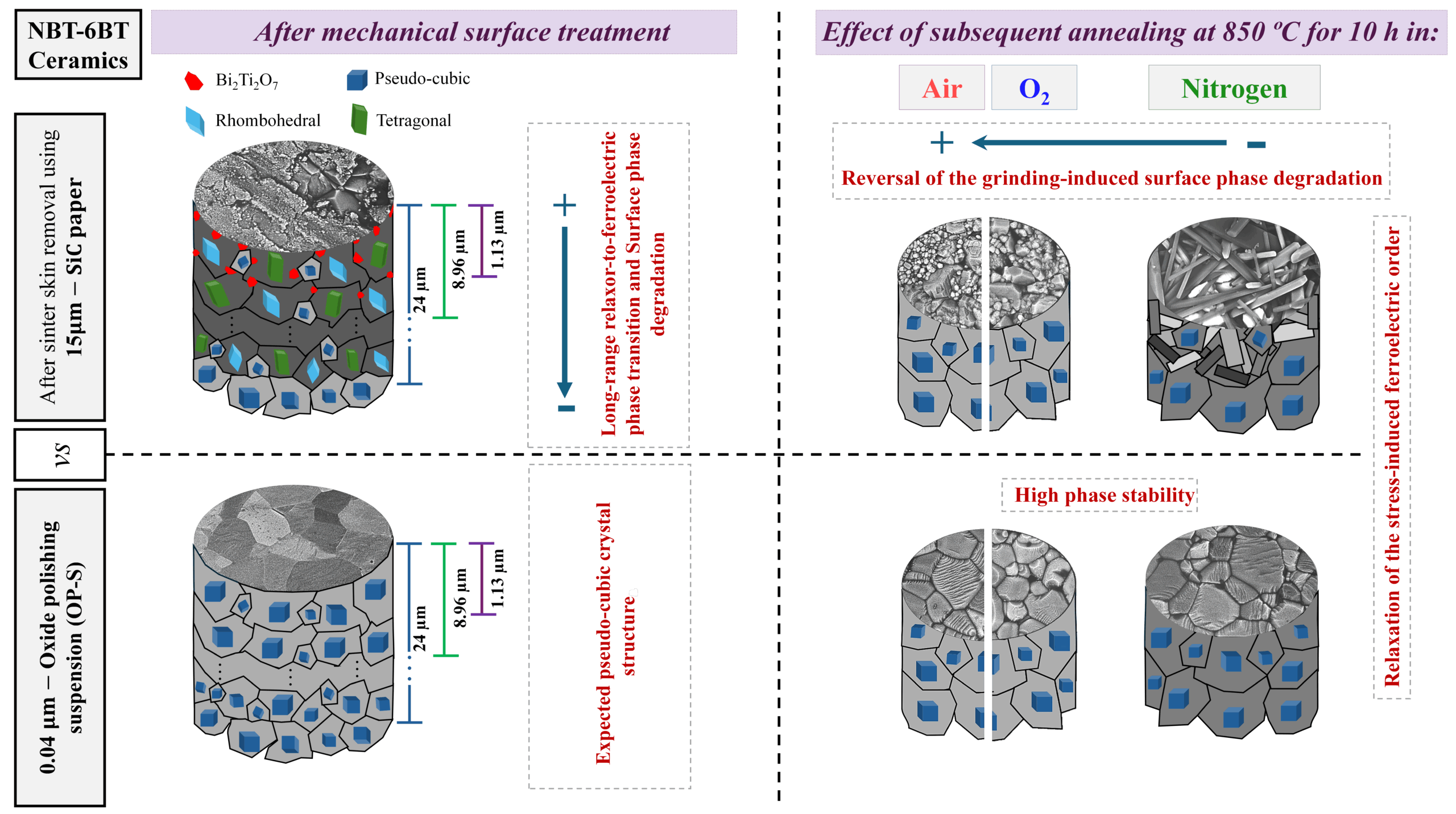
[Image above] Illustration of the nanoscale-ordered frameworks formed by DNA assembly and silica templating methods. These frameworks demonstrate a high compressive strength, which puts this material at the top of the performance in its class. Credit: Michelson et al., Cell Reports Physical Science (CC BY 4.0)
Though humans coined the proverb necessity is the mother of invention, it is Mother Nature who for millennia has confirmed the truth of this statement time and time again. It is no wonder, then, that many of our most “innovative” technological solutions mimic or borrow from designs and functions found in the natural world.
Take, for example, the field of DNA nanotechnology. DNA, or deoxyribonucleic acid, is the molecule that stores and transmits genetic information in biological systems. But in recent decades, researchers found they could use this molecule’s unique chemical and structural properties to create programmable nanostructures for applications both within and outside of biological contexts, such as digital data storage.
Since 2006, DNA origami has emerged as one of the most promising assembly techniques in DNA nanotechnology. As shown in the video below, this technique involves using numerous short “staple” strands of DNA to direct the folding of a long “scaffold” strand. Compared to traditional assembly strategies, DNA origami scaffolds have fixed dimensions and allow for the attachment of molecules at prescribed positions.

Credit: nature video, YouTube
Researchers have used DNA origami scaffolds as platforms for chemical reactions, as templates for patterning protein molecules, and for organizing single-walled carbon nanotubes, among other applications. They have also used DNA origami to construct 3D objects, not just planar structures.
Yet even among these novel developments, an open-access paper published in July 2023 stands out as a fascinating example of the future of DNA origami—as a framework for high-strength, lightweight, nanoarchitected glass.
The study was a collaboration between researchers at Columbia University, the University of Connecticut, and Brookhaven National Laboratory. Oleg Gang, materials scientist at Brookhaven’s Center for Functional Nanomaterials and professor at Columbia University, led the study.
A Brookhaven press release explains that Gang has spent years leveraging DNA’s unique properties for materials synthesis. With this background, he and Brookhaven postdoctoral researcher Aaron Michelson explored what would happen if a DNA origami scaffold was transformed into a more stable solid-state material, namely glass.
They achieved this transformation by coating the DNA origami scaffold in a thin layer of silica, only about 5 nm thick. However, it wasn’t until they connected with University of Connecticut associate professor Seok-Woo Lee, who was a user at the Center for Functional Nanomaterials, that they were able to test the glass-coated scaffold’s mechanical properties.
“We initially didn’t have the capability for nanoindentation, but he [Lee] led us to the proper tools and got us on the right track,” Gang says in the press release. “This is another example of how scientists from academia and national labs benefit from working together.”
Testing revealed that the glass-coated DNA scaffold was four times stronger than steel but had a density about five times lower. The scaffold achieved this impressive result because the glass coating did not contain any flaws, which was only possible because of the small scale.
A Columbia University press release reports that the researchers are now exploring whether carbide ceramics can be used to coat the DNA origami scaffold. They also plan to experiment with different DNA origami structures to achieve an even stronger material.
The open-access paper, published in Cell Reports Physical Science, is “High-strength, lightweight nano-architected silica” (DOI: 10.1016/j.xcrp.2023.101475).
Author
Lisa McDonald
CTT Categories
- Basic Science
- Glass
- Material Innovations
- Nanomaterials


